The Aygestan Church of the Holy Resurrection
Location
The Church of the Holy Resurrection (figs. 1, 2) is located in the Hadrut region, in the village of Hin Kochbek on the south-eastern slope of Mount Arevasar.
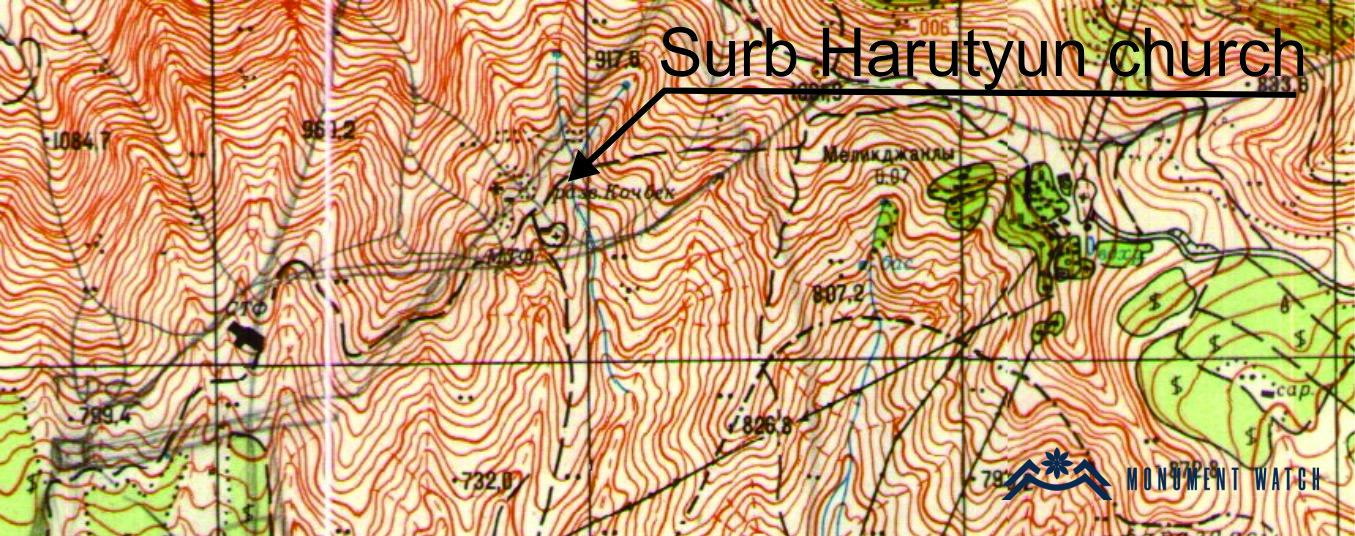
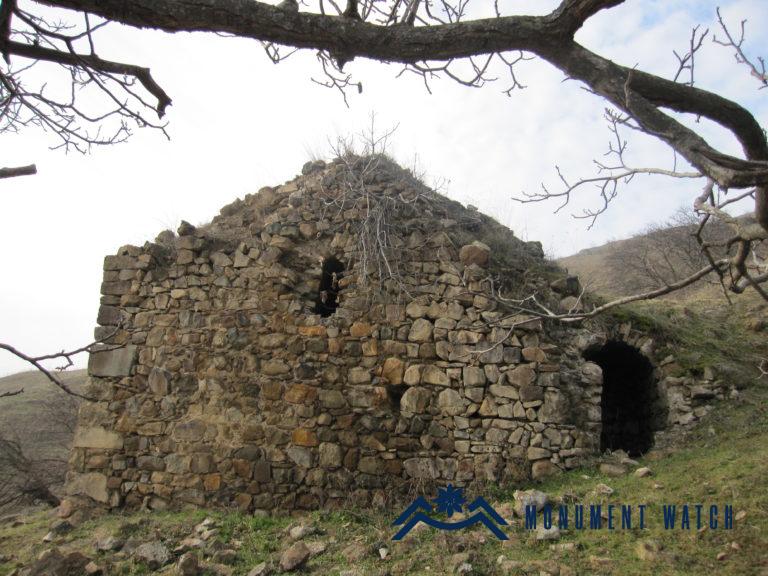
Fig. 1 The church from the East, 2011, photo by G․ Budaghyan.
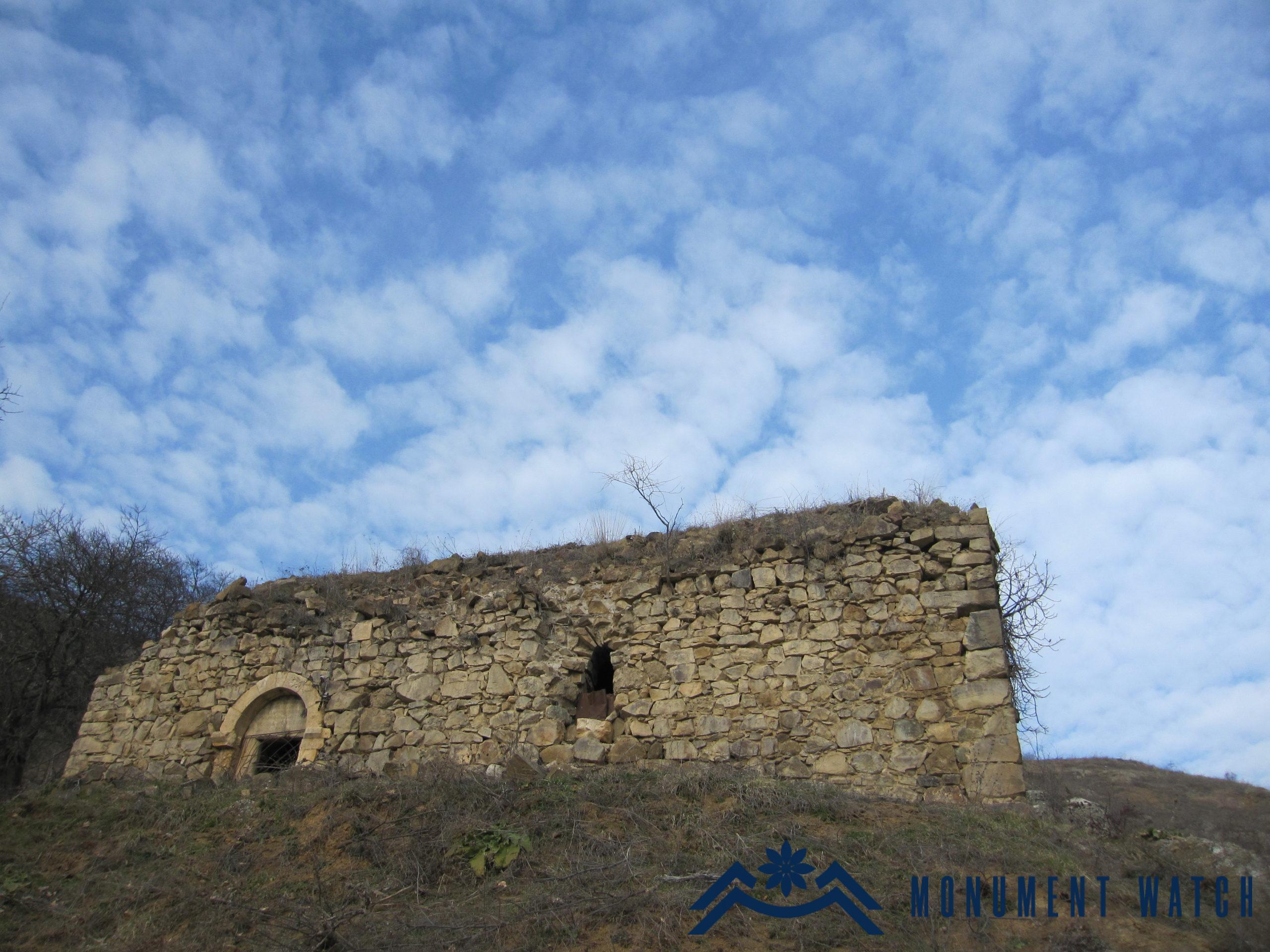
Fig. 2 The church from the South, 2011, photo by G․ Budaghyan.
Historical Overview
Aygestan village is located 2.5-3 km east of Hadrut town. The present village was founded in 1960-1969, when residents moved from Old Kochbek, about 2 km north of the village, to a lower plain. No historical information has been preserved about the founding of Old Kochbek. One of the legends preserved from generation to generation by the villagers says that several families of Kochbek residents moved here from Jraberd.
Makar Barkhudariants, who visited here in the 1890s, mentions that “․․․ The inhabitants of Kochbek are native, the land is fertile. The priest of the Church of the Holy Resurrection comes from Hadrut” (Barkhudariants 1895, 46).
According to the inscription preserved on the pediment of the entrance door, the Church of the Holy Resurrection was built in 1741.
At the end of 1991 a part of the village was occupied by the Azerbaijanis; on January 9, 1992, the attempt of the Azerbaijani army to occupy the whole village ended in failure, after which the Armenian forces liberated the whole village. In the post-war period Kochbek was renamed Aygestan.
Aygestan is under Azerbaijani occupation since October 2020.
Architectural-Compositional Examination
It is a rectangular single-nave hall with a semicircular apse on the east side. The interior architectural particularity of the Church of the Holy Resurrection is the presence of a sacristy, which is located on the north side of the apse.
It is built mainly of rough stones; the edges of the western window and of the entrance, as well as the pediment are made of polished limestone. The only entrance opens from the south (fig. 3). The light comes from each one of the windows opening from the east, south and west. It is vaulted inside; on the outside it has a roof with two slopes covered with earth. Due to the slope of the site, the northern wall completely and part of the western wall are in the ground (fig. 4).
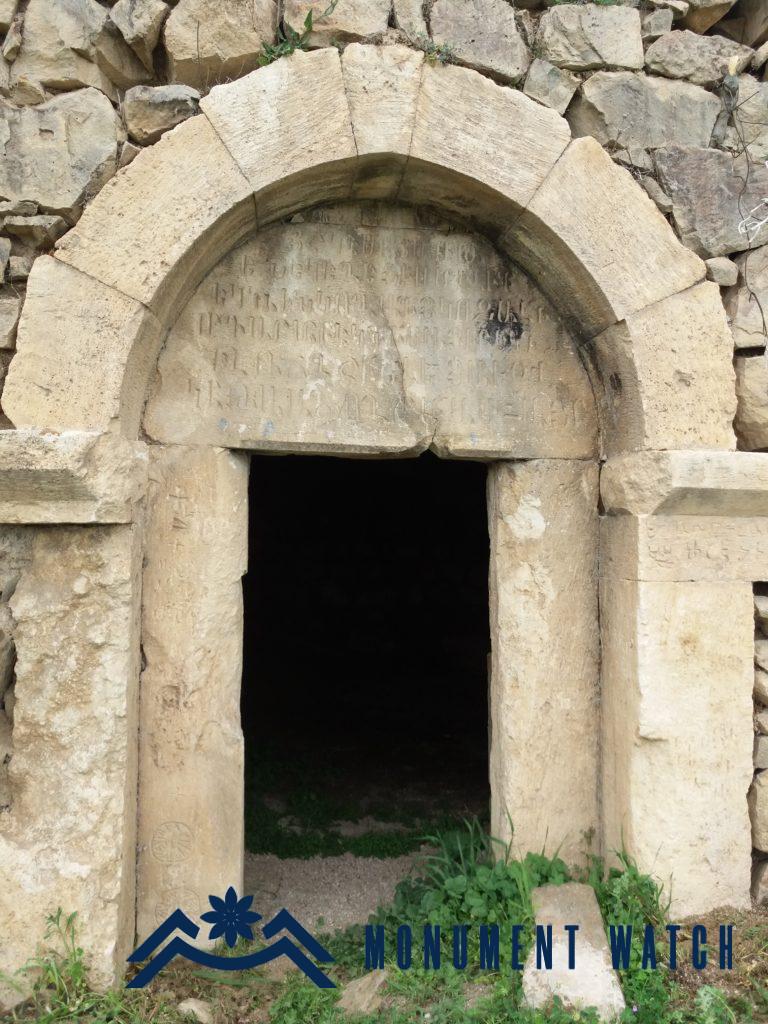
Fig. 3 The entrance of the church, 2018, photo by G․ Budaghyan.
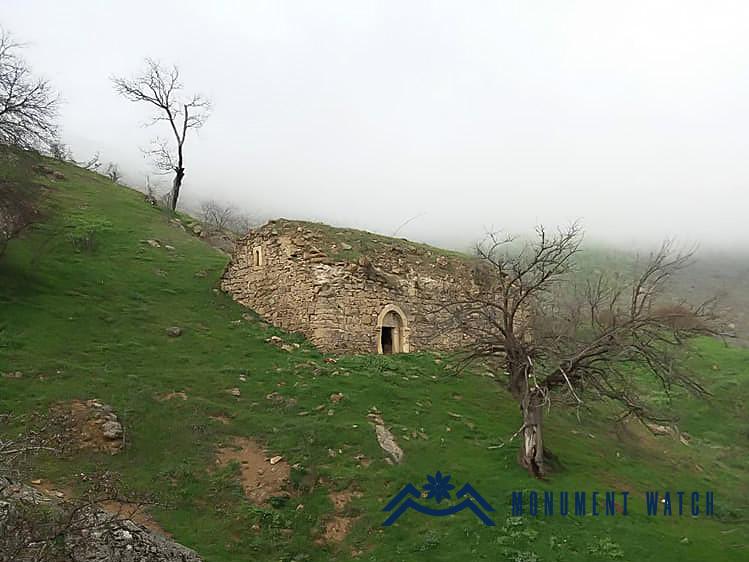
Fig. 4 The church from the West, 2018, photo by G․ Budaghyan.
The church is 13.5 meters long, 6.3 meters wide and 4.5 meters high.
The construction inscription of the church has been preserved on the pediment of the entrance. “The church of the Holy Resurrection was built in memory of Kozal, wife of Melik Yekan, of his son Arambek, of Isayibek. In the year 1741. Who will read it, let him say: “God have mercy. Father” (fig. 5). There are also inscriptions on the hewn stones of the entrance (fig. 6). The old cemetery extends to the south of the church; most of the tombstones have been preserved (fig. 7).
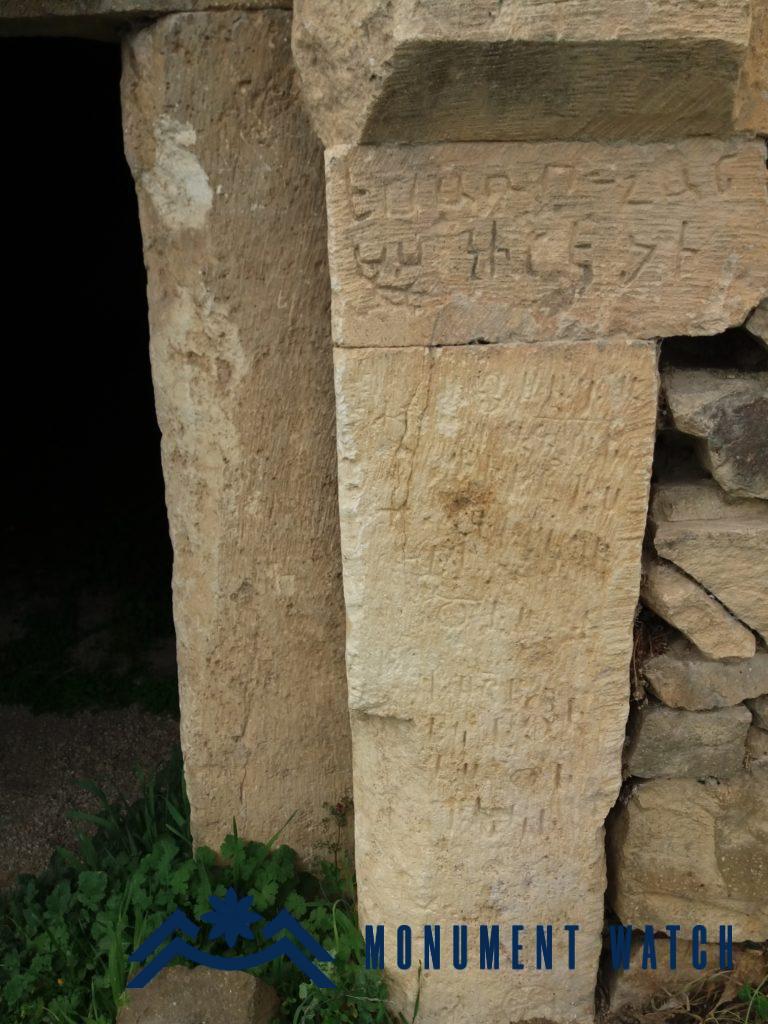
Fig. 6 The entrance stones with inscriptions, 2018, photo by G․ Budaghyan.
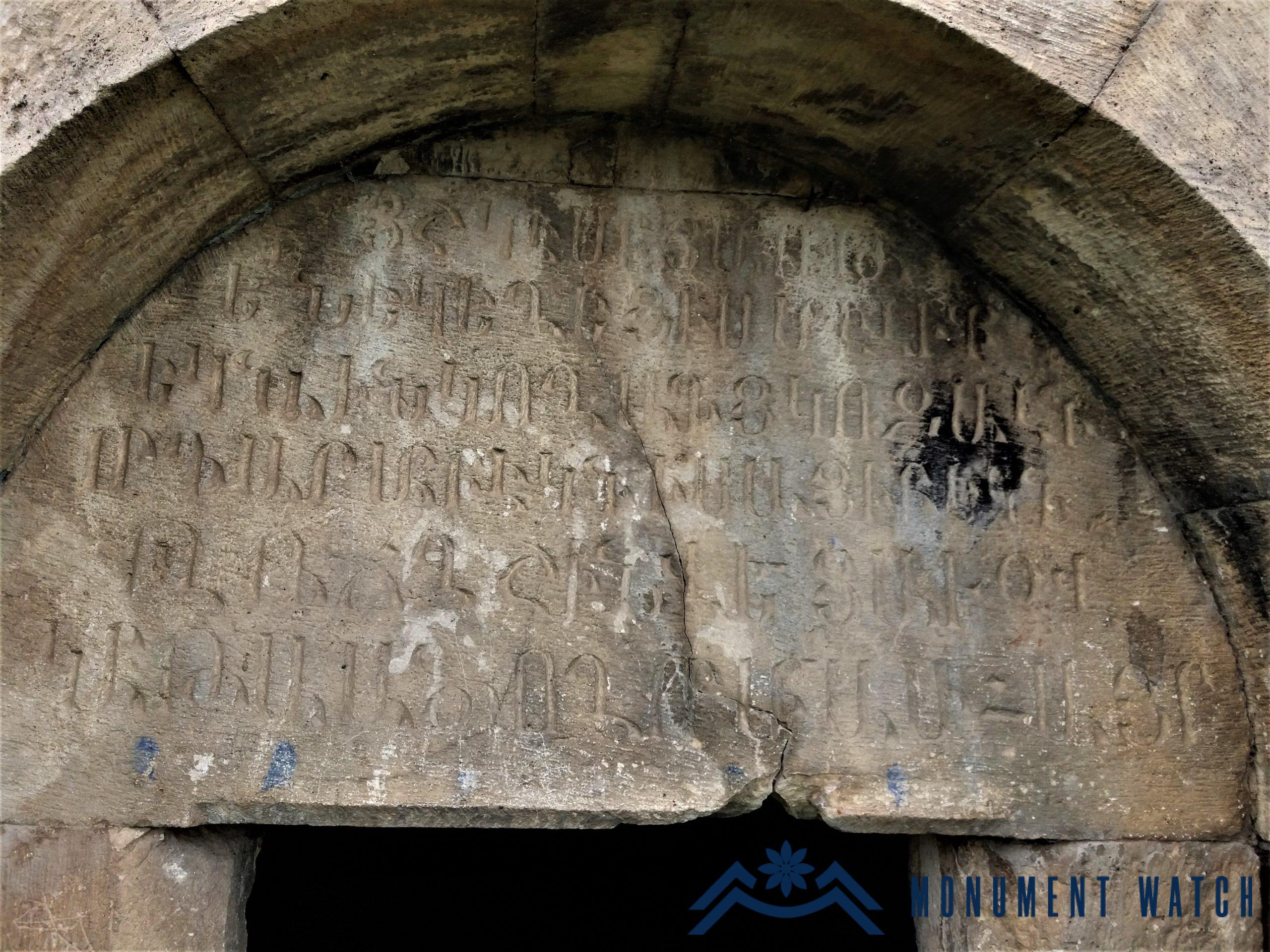
Fig. 5 The pediment of the entrance with inscription, 2011, photo by G․ Budaghyan.
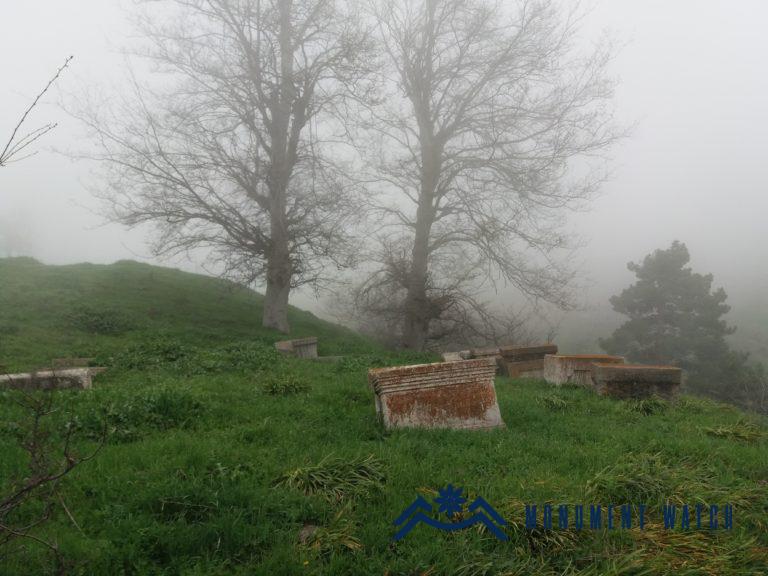
Fig. 7 The old cemetery, 2011, photo by G․ Budaghyan.
The State Before, During and After the War
The Church of the Holy Resurrection was used as a storehouse in the Soviet era, thanks to which it has been preserved in a relatively good condition. It did not suffer from the military operations of the first and second wars of Artsakh. There is no information about the post-war situation.
Bibliography
- Barkhudaryans 1895 - Barkhudaryans M., Artsakh, Baku.
The Aygestan Church of the Holy Resurrection
Artsakh